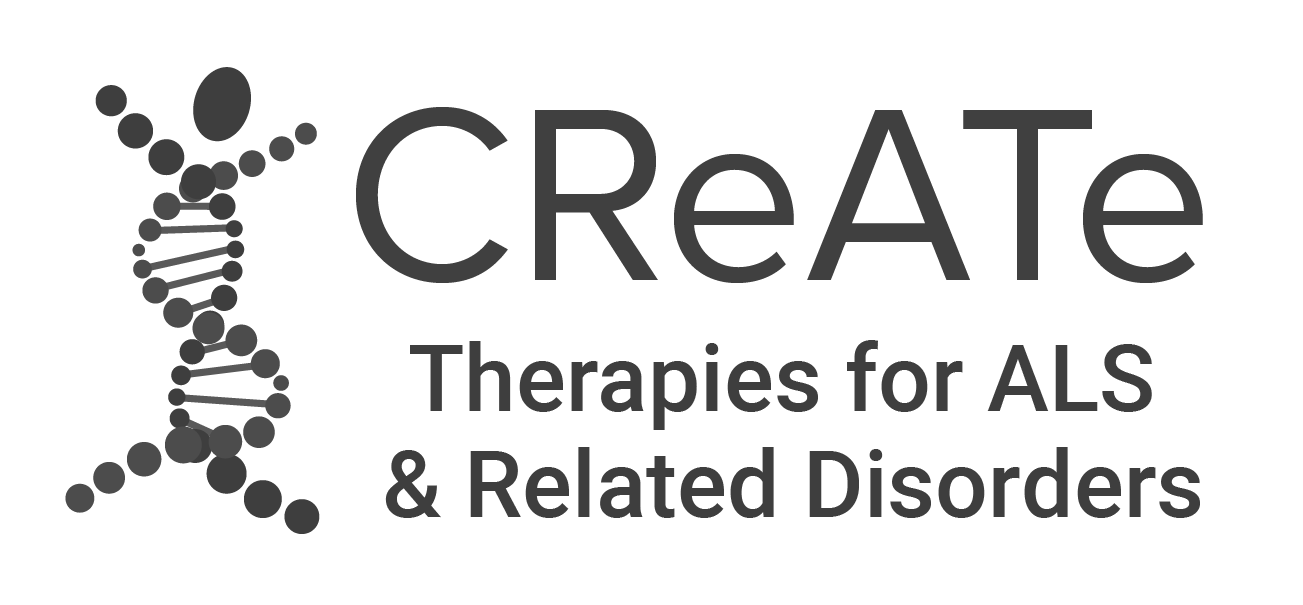Diseases Studied
The Rare Diseases Clinical Research Network is an NIH-funded research network of 21 active consortia or research groups working to advance treatment for diseases that are rare. Use the search tools on this page to find the diseases we currently study. You can reach out to the indicated consortia or research groups for more information on those diseases and studies underway.
This network focuses on clinical research and does not generally support clinical care outside of research activities. To learn about other rare diseases, please visit the Genetic and Rare Diseases Information Center (GARD), which is an NIH program that helps the public find reliable information about rare and genetic diseases. Their staff are specialists. Contact them at 1-888-205-2311 or email GARDinfo@nih.gov.
All Diseases > Hereditary spastic paraplegia
Hereditary spastic paraplegia (HSP)
Disease Category: ALS and Related Disorders
A large group of around 80 inherited disorders that affect nerves that send messages to the muscles. The primary symptom is difficulty walking due to muscle weakness and spasticity (muscle rigidity) in the legs. Severity ranges from paraparesis (weakness in both legs) to complete paralysis (inability to move). Other possible symptoms include urinary incontinence, seizures, vision impairment, muscle atrophy (wasting), ataxia (lack of coordination), intellectual disability, dementia, and peripheral neuropathy (sensory loss and/or muscle weakness in the extremities).
Research groups studying this disease
ALS and Related Disorders

Clinical Research in ALS and Related Disorders for Therapeutic Development (CReATe)
Spastic Paraplegia Foundation
Supports research to cure two similar upper motor neurological diseases: hereditary spastic paraplegia and primary lateral sclerosis.
